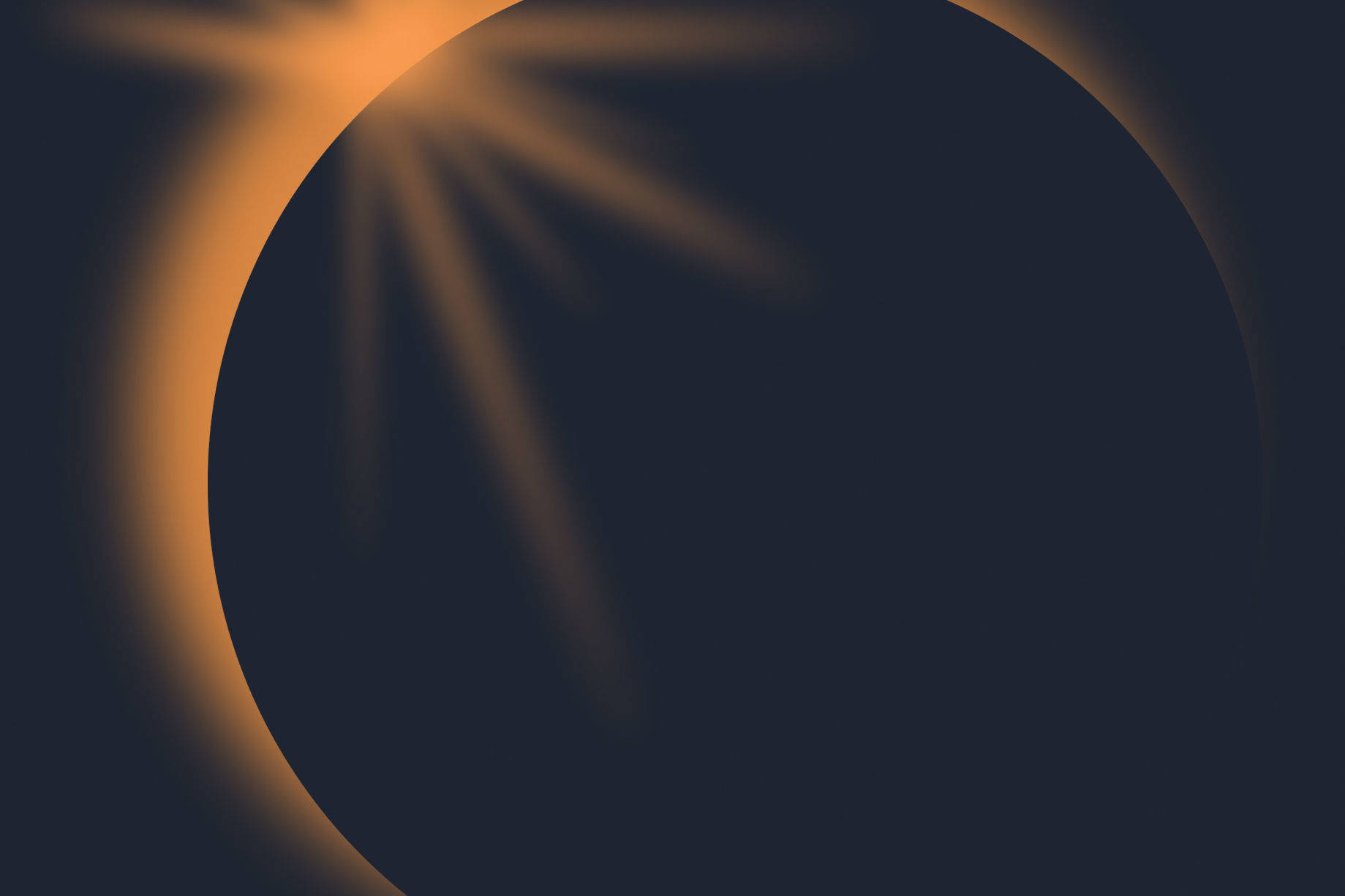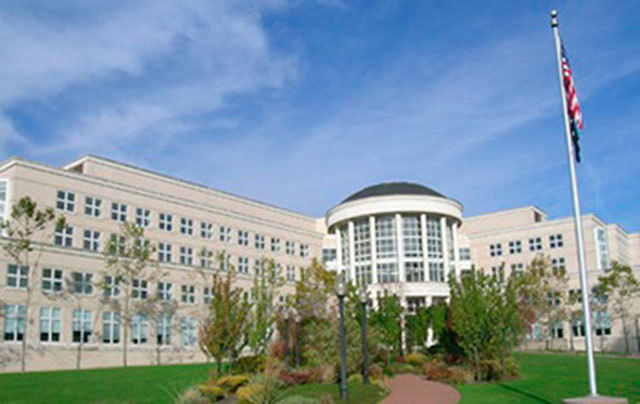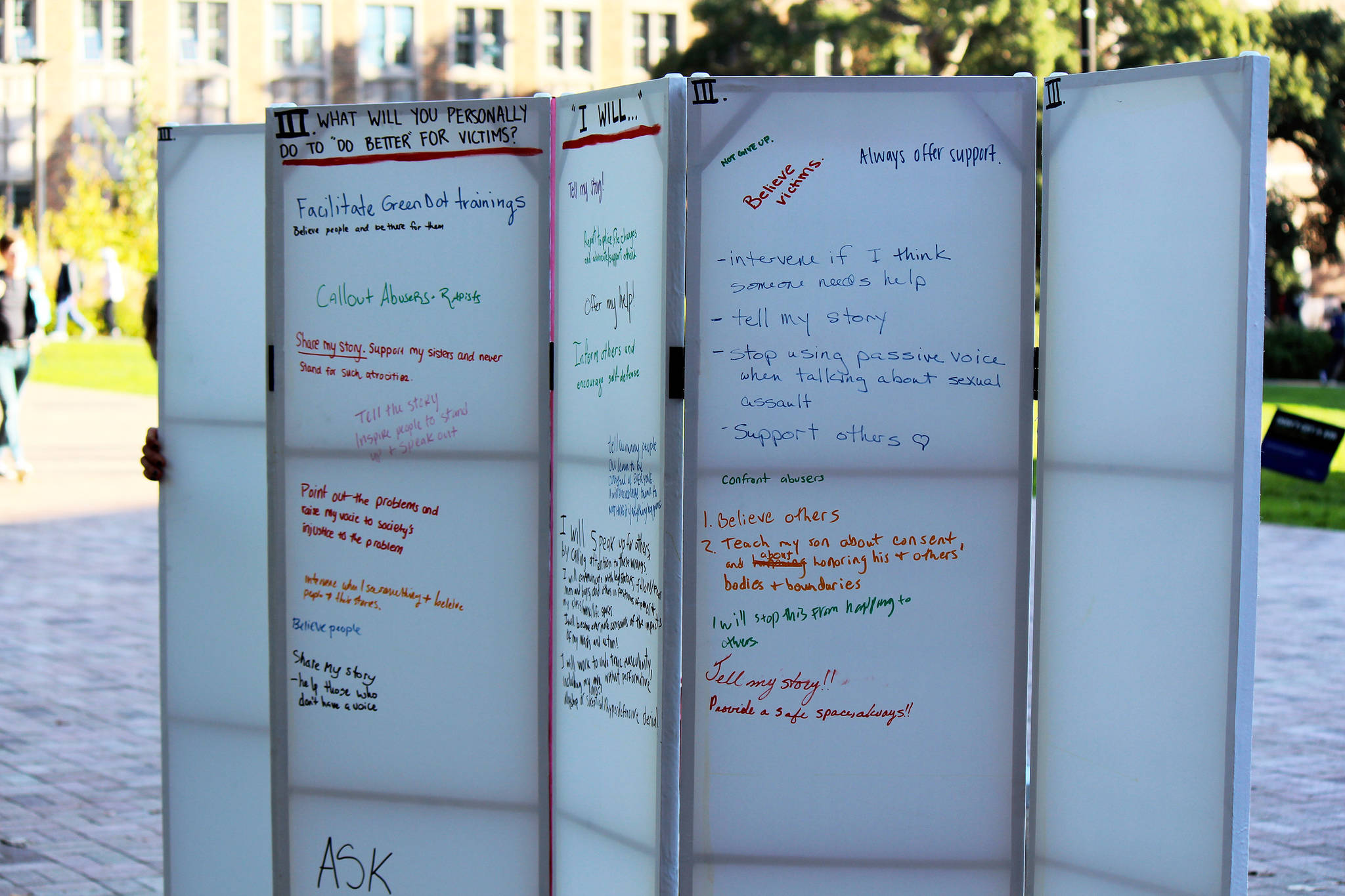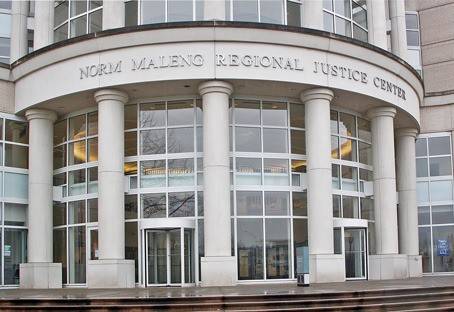“Totality” is a thing that sends human beings flocking. According to those in the know, the complete blocking of the midday sun is a magical, terrifying, intoxicating, and utterly addictive experience. Most of the people who chase eclipses around the world insist that as soon as they saw it, they were hooked. “It does make them be like, ‘I need another one,’ ” jokes Greg Scheiderer, a West Seattle resident and the official eclipse spokesperson of the Seattle Astronomical Society. “’I’ll go to Siberia if need be!’ ”
That won’t be necessary this summer. Around 9 a.m. on August 21, 2017, for the first time in almost a century, a total solar eclipse will be visible along a band stretching across the nation, some 3,000 miles from the Oregon coast to South Carolina. For about two minutes, the moon will get in the way of the sun at such an angle that it will block it out entirely; for about two hours, you’ll be able to see the disc of the moon moving across the sun like a giant maw. And, thanks to the high chance of clear skies in August, eastern Oregon is considered the most coveted viewing region of any in the nation. Hundreds of thousands of people—perhaps nearly a million—are expected to show up for the event in Oregon alone, including, in all likelihood, plenty of Seattelites.
That’s because, as any true eclipse-chaser will tell you, the whole point of a total solar eclipse is the “total” part. Seattle will have 92 percent totality—meaning that most of the sun will be blocked out for a few minutes. But the difference between a partial and total eclipse, enthusiasts say, is literally night and day. When it’s partial, there’s still light in the world. When it’s total, the sky goes black and the stars come out. As the writer Annie Dillard put it: “Seeing a partial eclipse bears the same relation to seeing a total eclipse as kissing a man does to marrying him, or as flying in an airplane does to falling out of an airplane.”
So, yeah. “Crowds are going to be the big issue,” says Stephanie Anderson, co-owner of the Ballard telescope shop Cloud Break Optics and president of the Seattle Astronomical Society. “I keep telling people to be self-sufficient. Be prepared to not be able to leave for a while.” Some hotels along the path have been booked for years, or at least months, at some five or 10 times their normal rate; makeshift tent and RV sites on the sports fields in Corvallis are going for $200 and sites near Madras for $399. Tickets are sold out at the Oregon state fairgrounds in Salem, and the waiting list is full. In April, Oregon State Parks scrambled to find an additional 1,018 temporary campsites it could rent for that weekend, and they got snapped up in 90 minutes. In late May, the last 30 campsites in the system were auctioned off for $60,000 in a fundraiser for the Oregon State Parks Foundation.
Your best bet if you don’t have lodging figured out already, says Anderson, is to stay somewhere within driving distance of the totality band and then drive in—but hours earlier than you think you need to. Traffic is likely to be terrible. Take Madras, for instance, considered to be one of the very best viewing locales in the country: It has a population of a little over 6,500 and two two-lane highways that run through town, which, even on typical holiday weekends, can get choked with gridlocking Portlanders. “So, if there’s like half a million people trying to get to Madras that morning, they might be disappointed,” says Scheiderer. Bike blogs are now crowding the Internet with ideas for how to avoid driving altogether.
Still, Oregon is a big state, and now boasts a whole slew of websites dedicated to telling you where you should look for that last scrap of lawn. Corvallis is creating a whole weekend of it, complete with live music, food, and beer gardens; Madras is hosting the Oregon SolarFest, with tips on everything from shuttles and eclipse glasses to hot air balloon rides; the Fest also still lists some available lodging (and even the local municipal airport is fair game). Astronomers from the Lowell Observatory in Arizona will be on hand to share telescopes and answer questions at the Madras High School football field. There are also events at wineries, schools, and hotels from Lincoln City to Ontario, Ore., and more people coming up with stuff to do all the time. “There are a zillion little events that are happening,” says Scheiderer. “You could also just take your chances by pulling off to the side of the road wherever you may be and seeing what’s there.”
Of course, bring your eclipse glasses for safety, and a solar telescope if you like (Anderson says magnification is a great thing; Scheiderer’s advice is to leave the equipment at home if it’s your first time)—and be prepared to get your mind blown.
If you must stay in Seattle, though, eclipse-chasers may scoff, but some say 92 percent totality is nothing to sneeze at. “It’s definitely worth looking at,” Anderson says. “I know I would get pretty excited about 92 percent.”
The Pacific Science Center is hosting an all-inclusive multiday trip to Oregon, with limited space and a $3,000 price tag, but also offers a bunch of eclipse-related activities at the museum itself on August 21. It plans to open early at 8:30 a.m. that day to accommodate the moon’s passage, with telescopes, eclipse glasses, and expert-talks galore. The Museum of Flight will also have a viewing event that day. The Everett Astronomical Society is hosting a viewing party at Harborview Park, and the Seattle Astronomical Society will post local events on their Facebook page as they hear of them. Scheiderer recommends that wherever you end up, make sure you’re on a hill so you can experience the full effect of the moon’s shadow charging toward you at nearly three thousand miles per hour.
“The thing that really excites me” about this and all celestial events, says Anderson, is “you get the see the pieces moving. You get to see what you only read about, or see in diagrams and books. Like, ‘There’s the sun! I’m on the Earth!’ You actually start to feel it—where we are in the solar system.” Long an astronomy buff, Anderson says she met her husband on an eclipse tour to China in 2009. Though the sky clouded over during those fatal two minutes, she jokes that he was her “consolation prize.” This year, she and her husband plan to watch it together in Casper, Wyoming, to “complete the experience for us.”
And what an experience it will be. “A lot of folks talk about this … almost panic thing,” Scheiderer says of the “totality” effect—an elevated pulse, a breathless anxiety, a kind of “real, physical reaction to what we understand is just a big piece of rock passing by a big ball of hot gas.” No matter how much science they know, “Almost unanimously, people have said to me, ‘This is the most spectacular natural phenomenon you will ever see,’ ” he says. “That’s why we gotta go.”
sbernard@seattleweekly.com








